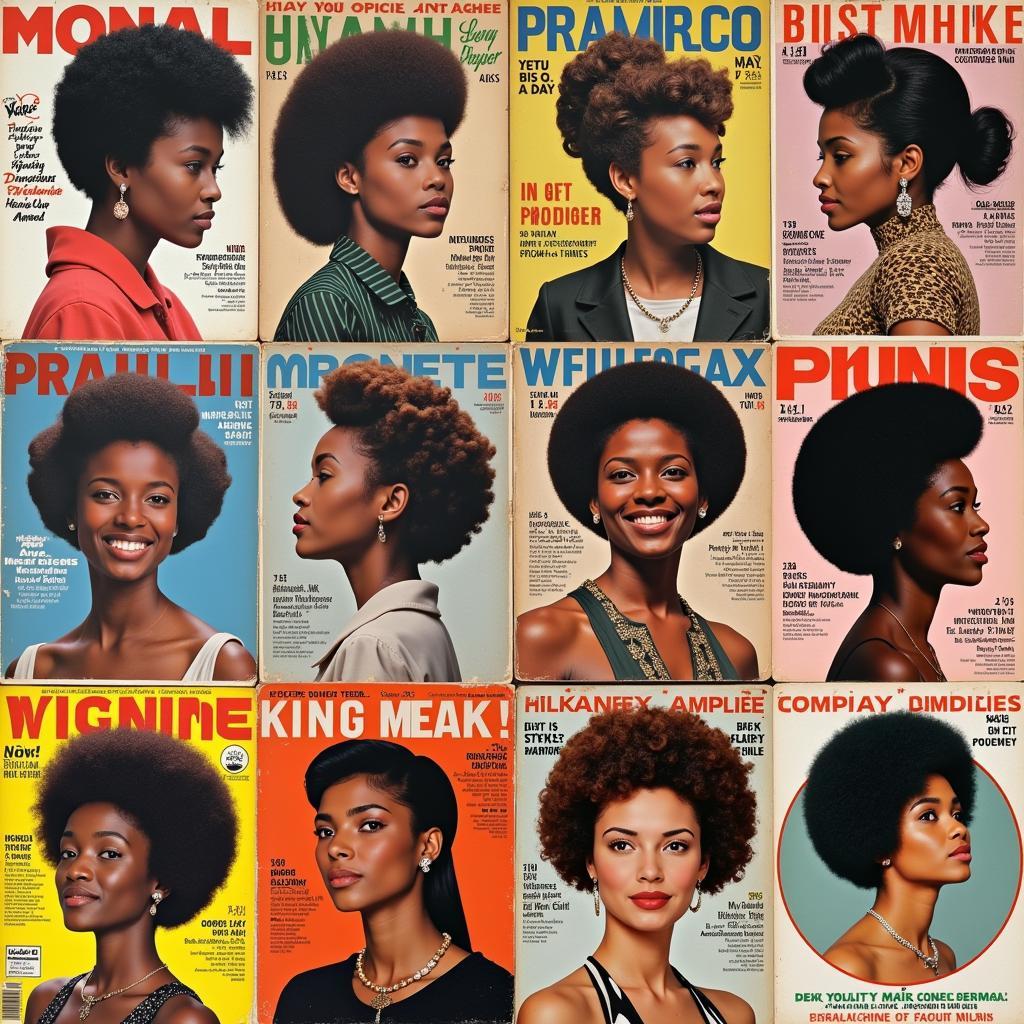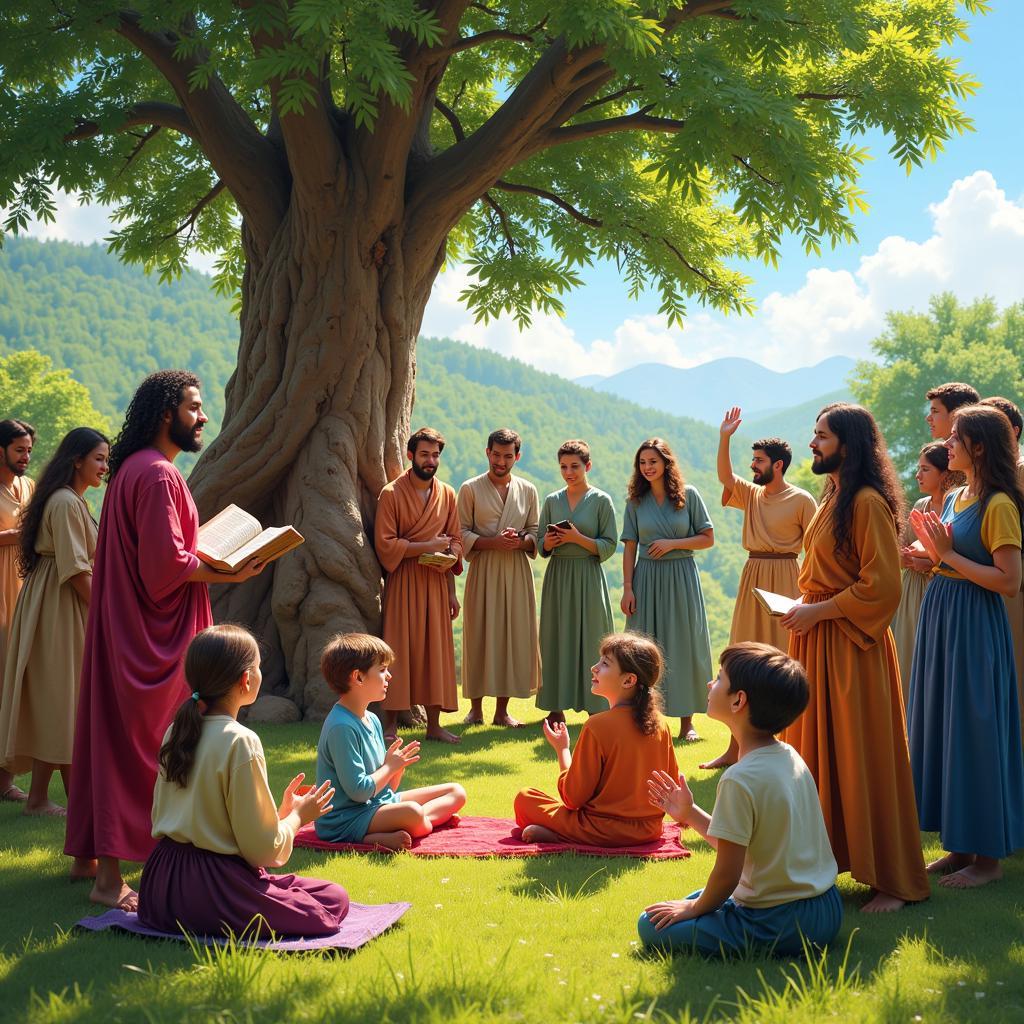African Alphabet Chart: Unveiling the Rich Tapestry of Languages
The African Alphabet Chart is more than just a table of symbols; it’s a gateway into the soul of a continent bursting with linguistic diversity. With over 2,000 languages spoken across its 54 countries, Africa boasts a third of the world’s languages. Exploring these alphabets reveals the fascinating history, cultural nuances, and artistic expressions woven into the fabric of African societies.
Deciphering the Diversity: Beyond the Latin Script
While the legacy of colonization has led to the widespread use of the Latin script in many African nations, the continent’s linguistic landscape is far more intricate. Indigenous writing systems, some dating back centuries, offer a glimpse into pre-colonial traditions and belief systems.
Ancient Scripts and Symbolic Systems: Echoes of the Past
One such example is Nsibidi, a system of ideograms and pictograms used by various Igbo groups in southeastern Nigeria. Though not a full-fledged alphabet in the traditional sense, its symbols represent abstract concepts, objects, and actions, often employed in rituals and storytelling.
Further north, in the Sahel region, the Tifinagh script, used to write the Berber languages, stands as a testament to the resilience of indigenous writing systems. Its angular characters, etched onto stone and leather for centuries, continue to be a vital part of Berber identity and cultural expression.
The Rise of Standardized Alphabets: A Tool for Unity and Literacy
The 20th century saw a wave of language standardization efforts across Africa, driven by the need for national unity and increased literacy rates. Linguists and scholars collaborated to develop alphabets that could accommodate the phonetic nuances of various African languages, often incorporating diacritical marks borrowed from the International Phonetic Alphabet (IPA).
For instance, the Pan-Nigerian Alphabet, adopted in the 1980s, aimed to harmonize the writing systems of Nigeria’s diverse languages. It incorporated characters like ẹ, ọ, and ṣ to represent sounds specific to many Nigerian languages.
From Oral Traditions to Digital Age: The Evolution of African Languages
Traditionally, many African societies relied heavily on oral storytelling, music, and proverbs to transmit knowledge and preserve cultural heritage. The advent of writing systems, however, opened up new avenues for documenting history, sharing ideas, and fostering literary traditions.
The Written Word Takes Root: A Flourishing Literary Scene
Across the continent, writers like Chinua Achebe, Ngũgĩ wa Thiong’o, and Chimamanda Ngozi Adichie have captivated global audiences with their powerful narratives exploring themes of colonialism, identity, and social justice. Their works, often written in both indigenous languages and English or French, have played a crucial role in bringing African voices to the forefront of world literature.
Navigating the Digital World: Challenges and Opportunities
In the digital age, African languages face both challenges and opportunities. While the dominance of English and French in the online sphere poses a threat to the visibility and preservation of indigenous languages, technology also offers innovative ways to revitalize and promote them.
Mobile applications, online dictionaries, and language learning platforms are empowering younger generations to connect with their linguistic heritage. Additionally, social media platforms have become vibrant spaces for sharing content in indigenous languages, fostering a sense of community and cultural pride.
Embracing Linguistic Diversity: A Celebration of Heritage
The African alphabet chart, in its entirety, is a testament to the continent’s rich linguistic tapestry. From the ancient symbols of Nsibidi to the standardized alphabets used in education and administration, each script carries within it centuries of history, cultural knowledge, and artistic expression.
By learning about these alphabets and the languages they represent, we open ourselves up to a deeper understanding of Africa’s diverse cultures, its vibrant artistic traditions, and the enduring spirit of its people.



